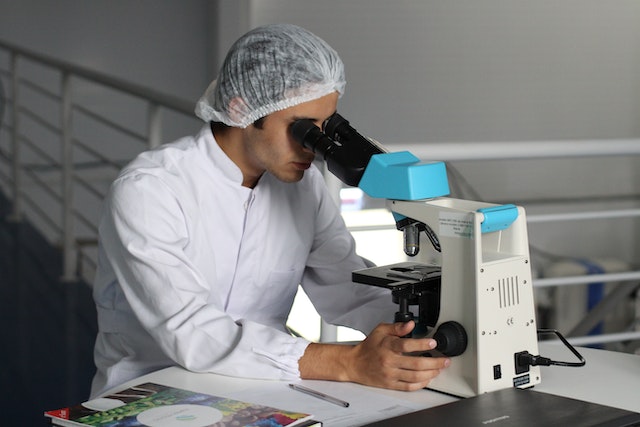Oxygen is a vital component of our existence, and it is especially crucial in the medical field. In hospitals and other medical facilities, oxygen is used to treat patients with respiratory illnesses, to help them breathe and recover. However, it is not just the availability of oxygen that is important in medical facilities, but also the quality of the oxygen being used. Oxygen purity monitoring is a critical process in medical facilities, and it ensures that patients receive the right quality of oxygen. In this blog post, we will explore the importance of oxygen purity monitoring in medical facilities.
First, let’s understand what oxygen purity is. Oxygen purity refers to the percentage of oxygen present in a gas mixture. In medical facilities, the oxygen that is supplied to patients should have a purity of at least 93% to 100%. Any oxygen with a purity level below this range can have adverse effects on the health of patients. Oxygen purity monitoring is the process of measuring the purity of oxygen, and it is a critical aspect of patient care in medical facilities.
The importance of oxygen purity monitoring in medical facilities cannot be overstated. Here are some of the reasons why:
- Ensuring Patient Safety: Oxygen purity monitoring ensures that patients receive the right quality of oxygen. Patients with respiratory illnesses or those who require oxygen therapy are vulnerable, and any variation in the quality of oxygen can have severe consequences. Low oxygen purity can lead to complications such as hypoxia, which can be life-threatening. Oxygen purity monitoring is essential in preventing such complications and ensuring patient safety.
- Maintaining Equipment Functionality: Oxygen equipment in medical facilities is designed to work with a specific purity of oxygen. If the oxygen purity levels fall below the required level, the equipment may not function correctly. Oxygen purity monitoring ensures that the equipment is functioning correctly and delivers the right quality of oxygen to patients.
- Compliance with Regulations: Medical facilities are subject to regulations that require them to maintain a specific standard of oxygen purity. Oxygen purity monitoring helps facilities comply with these regulations, and failure to do so can result in fines and other penalties.
- Cost Savings: Oxygen purity monitoring can help medical facilities save money. By ensuring that the equipment is functioning correctly and delivering the right quality of oxygen, the need for frequent repairs and replacements is reduced. This can lead to significant cost savings for the facility.
- Improved Quality of Care: Patients who receive the right quality of oxygen have a better chance of recovering quickly. Oxygen purity monitoring helps medical facilities provide high-quality care to patients, which can lead to better health outcomes.
Now that we understand the importance of oxygen purity monitoring in medical facilities let’s look at how it is done. Oxygen purity monitoring involves the use of an oxygen purity monitor. An oxygen purity monitor is a device that measures the purity of oxygen being used in medical facilities. The monitor uses a sensor to detect the percentage of oxygen present in the gas mixture. The readings from the monitor are used to ensure that the oxygen being supplied to patients meets the required purity standards.
There are several types of oxygen purity monitors, and the type used in a medical facility depends on the facility’s needs. Some monitors are portable and can be used to check the oxygen purity levels in different areas of the facility. Others are designed to be fixed in one location and continuously monitor the oxygen purity levels. The monitors can be calibrated regularly to ensure accurate readings.
In conclusion, oxygen purity monitoring is a critical process in medical facilities. It ensures that patients receive the right quality of oxygen, maintains equipment functionality, helps facilities comply with regulations, and can lead to cost savings and improved quality of care. Oxygen purity monitoring is done using an oxygen purity monitor, which measures the percentage of oxygen in a gas mixture. Medical facilities should prioritize oxygen purity monitoring to ensure the safety and well-being of their patients.


